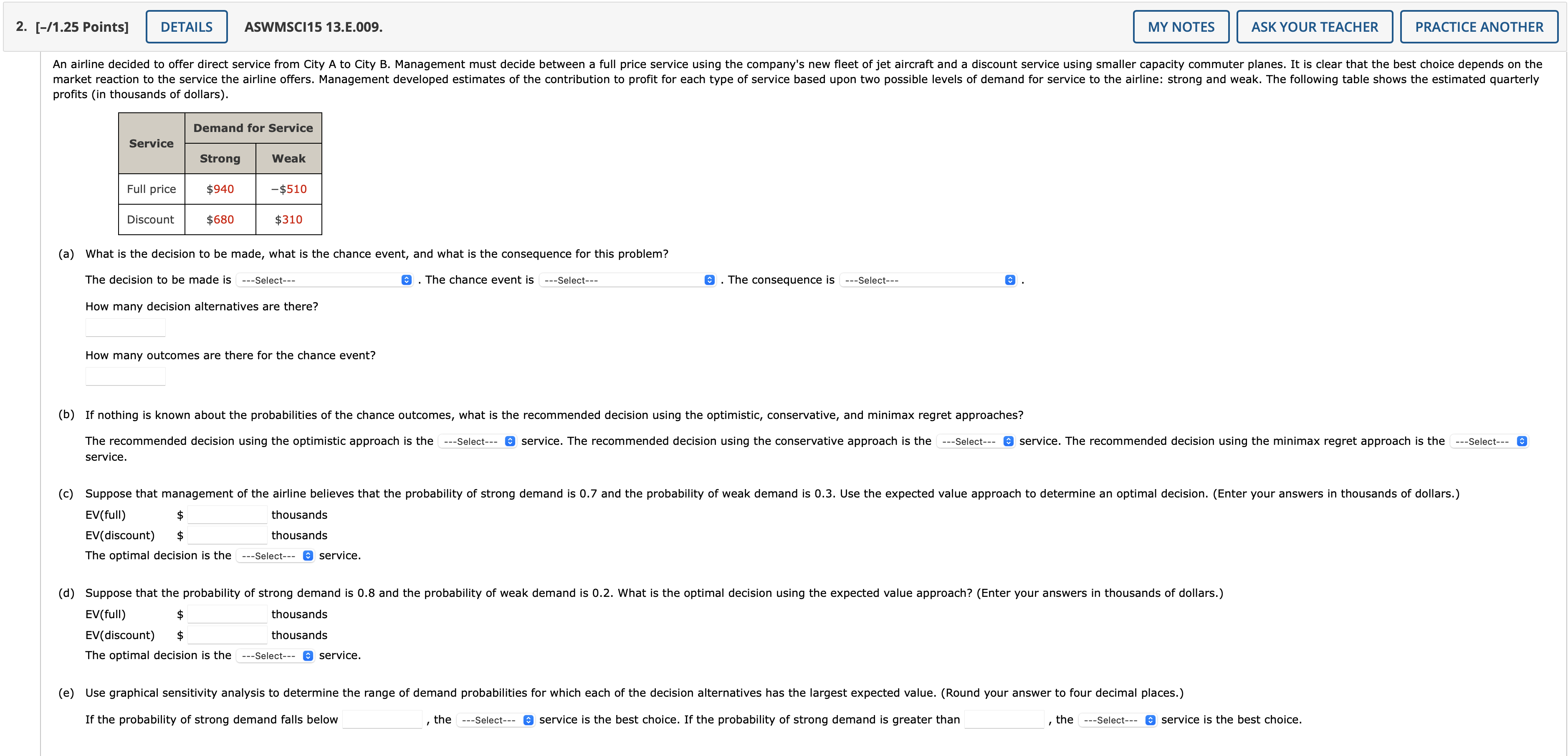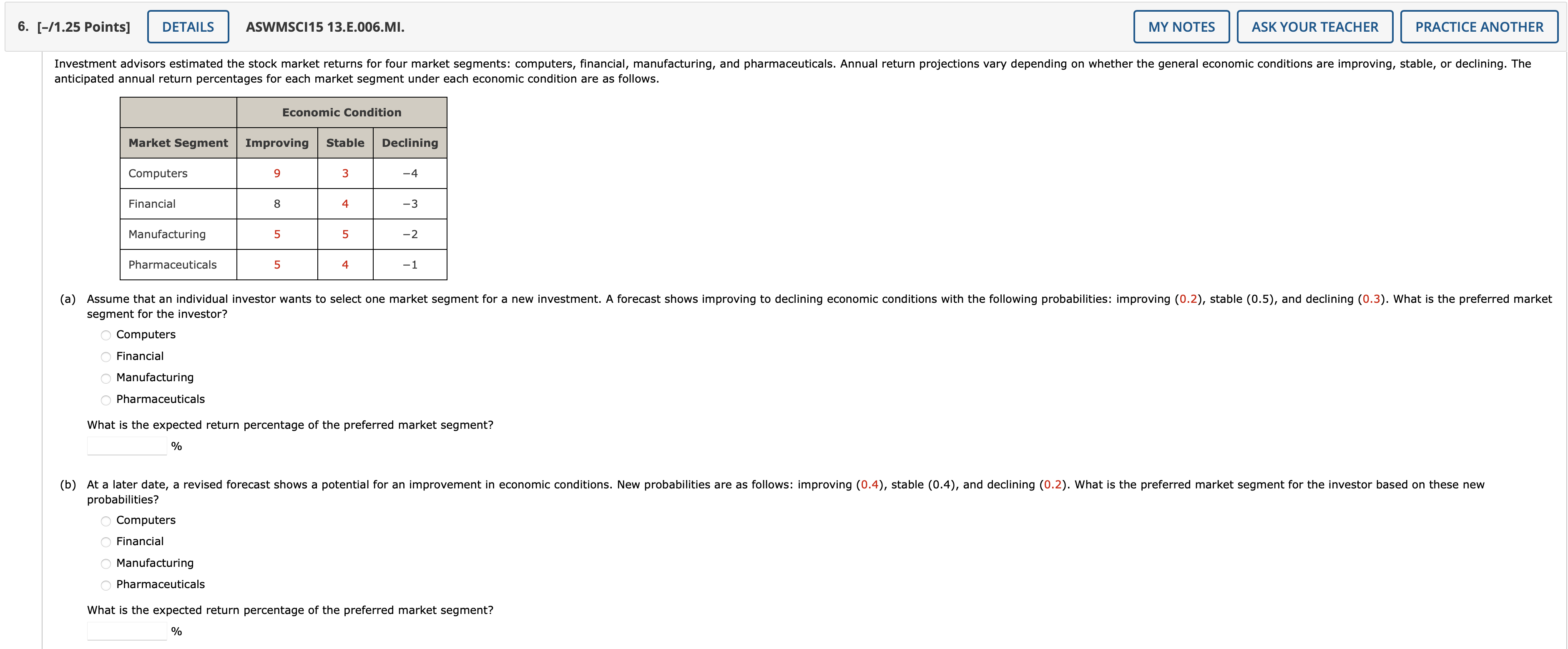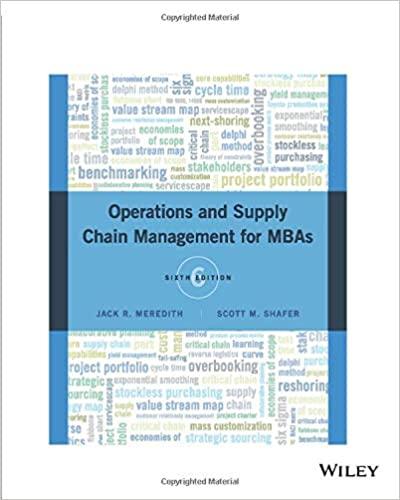Answered step by step
Verified Expert Solution
Question
1 Approved Answer
1.25 Points] ASWMSCI15 13.E.023.MI.SA. Tutorial Exercise revised or posterior probabilities: P(s1I),P(s2I), and P(s3I). 2. In column 4 compute the joint probabilities by multiplying the prior



1.25 Points] ASWMSCI15 13.E.023.MI.SA. Tutorial Exercise revised or posterior probabilities: P(s1I),P(s2I), and P(s3I). 2. In column 4 compute the joint probabilities by multiplying the prior probability values in column 2 by the corresponding conditional probabilities in column 3. 3. Sum the joint probabilities in column 4 to obtain the probability of the sample information I,P(I). 4. In column 5, divide each joint probability in column 4 by P(I) to obtain the posterior probabilities, P(sjI). Use the given prior and conditional probabilities to compute the joint probabilities. segment for the investor? Computers Financial Manufacturing Pharmaceuticals What is the expected return percentage of the preferred market segment? % probabilities? Computers Financial Manufacturing Pharmaceuticals What is the expected return percentage of the preferred market segment? % profits (in thousands of dollars). (a) What is the decision to be made, what is the chance event, and what is the consequence for this problem? The decision to be made is ---Select--- i. The chance event is --- Select--- . The consequence is ---Select--- 0. How many decision alternatives are there? How many outcomes are there for the chance event? (b) If nothing is known about the probabilities of the chance outcomes, what is the recommended decision using the optimistic, conservative, and minimax regret approaches? The recommended decision using the optimistic approach is the service. The recommended decision using the conservative approach is the service. The recommended decision using the minimax regret approach is the service. EV (ful thousands EV(discount) $ thousands The optimal decision is the J service. EV(full thousands EV(discount) ! thousands The optimal decision is the ---Select--- 0^ service. If the probability of strong demand falls below , tr I service is the best choice. If the probability of strong demand is greater than , the service is the best choice
Step by Step Solution
There are 3 Steps involved in it
Step: 1

Get Instant Access to Expert-Tailored Solutions
See step-by-step solutions with expert insights and AI powered tools for academic success
Step: 2

Step: 3

Ace Your Homework with AI
Get the answers you need in no time with our AI-driven, step-by-step assistance
Get Started


